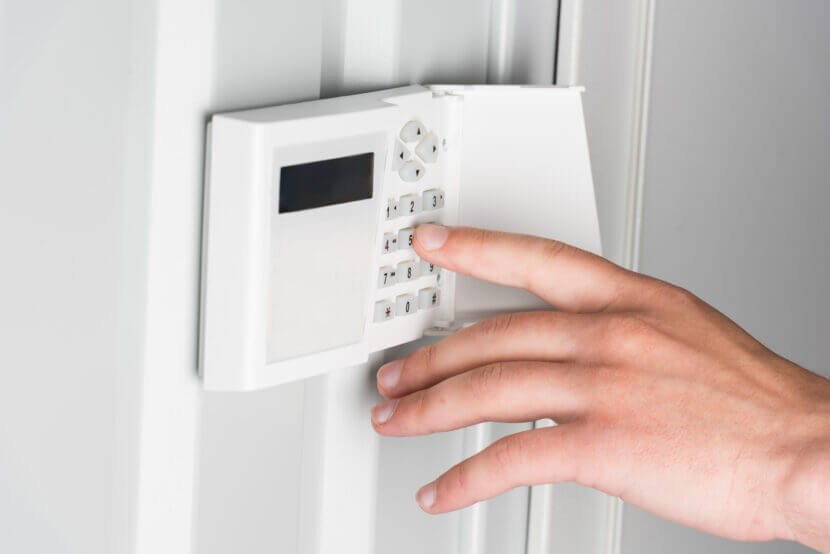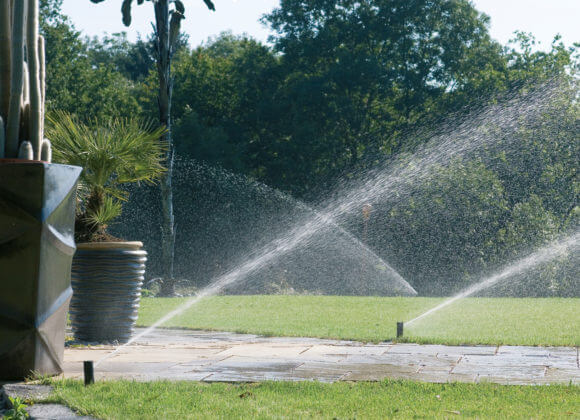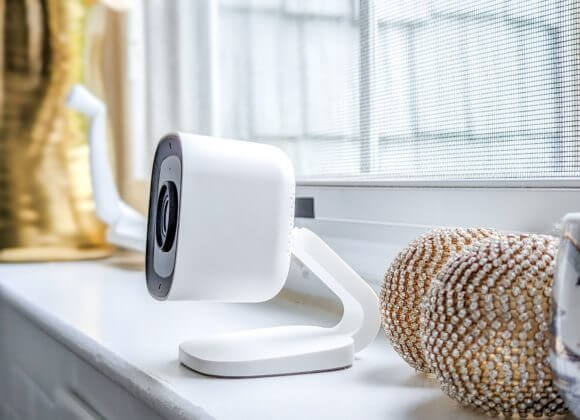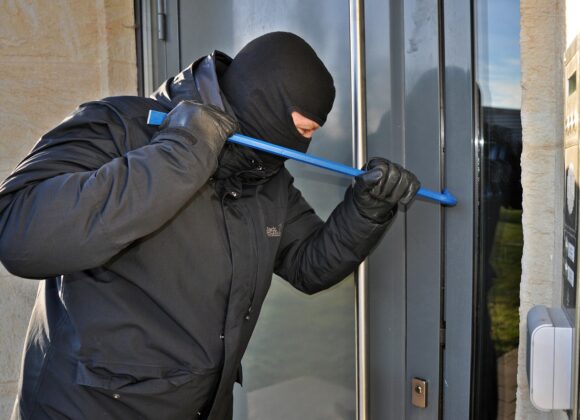If you want to protect your house and apartment from burglars, you have to make it as difficult as possible for them to get in. An alarm system is the icing on the cake.
Deterrence is the best defense – that’s the golden rule for anyone who wants to protect their home from burglary. In addition to mechanical measures such as burglar-resistant windows and doors, grilles or roller shutters that cannot be pushed up from the outside, burglar alarm systems, better known as alarm systems, are becoming increasingly popular.
For an optimum security concept that meets individual requirements, mechanical and electronic security measures must work together. “The alarm system as an essential component of such a concept detects, alerts and ideally also reports to the emergency services,” says Robert Grabovszki, Secretary General of the Association of Austrian Security Companies (VSÖ).
The Federal Criminal Police Office takes a similar view: “Alarm systems serve as a supplement to mechanical security measures”, states the folder “Protection against burglary – secure homes”, for example.
Alarm system: several variants
There are various types of alarm system installation to choose from: In addition to wired and wireless alarm systems, there are hybrid systems that combine wireless and cable. The former are considered to be low-failure, fail-safe and sabotage-proof and score points for their relatively low maintenance requirements. On the other hand, the installation effort is higher, as the cables are usually laid in the wall. “Theoretically, the cables of wired systems could also be laid on plaster,” says Grabovszki.
The other variants therefore prove to be much more practical for retrofitting, but also for any extensions. On the other hand, there are drawbacks during operation: the sensors have to be serviced regularly and – in the case of wireless alarm systems – the batteries have to be replaced. “But of course it’s convenient if you can control the alarm system via your cell phone,” says the VSÖ Secretary General, adding, however, that “according to the guidelines, such remote control is only intended and permitted for private use.
Higher security requirements are mandatory in the commercial sector.” And according to the police, something else should be considered: Namely, that the operation of the alarm system is not too complicated and is tailored to the user.
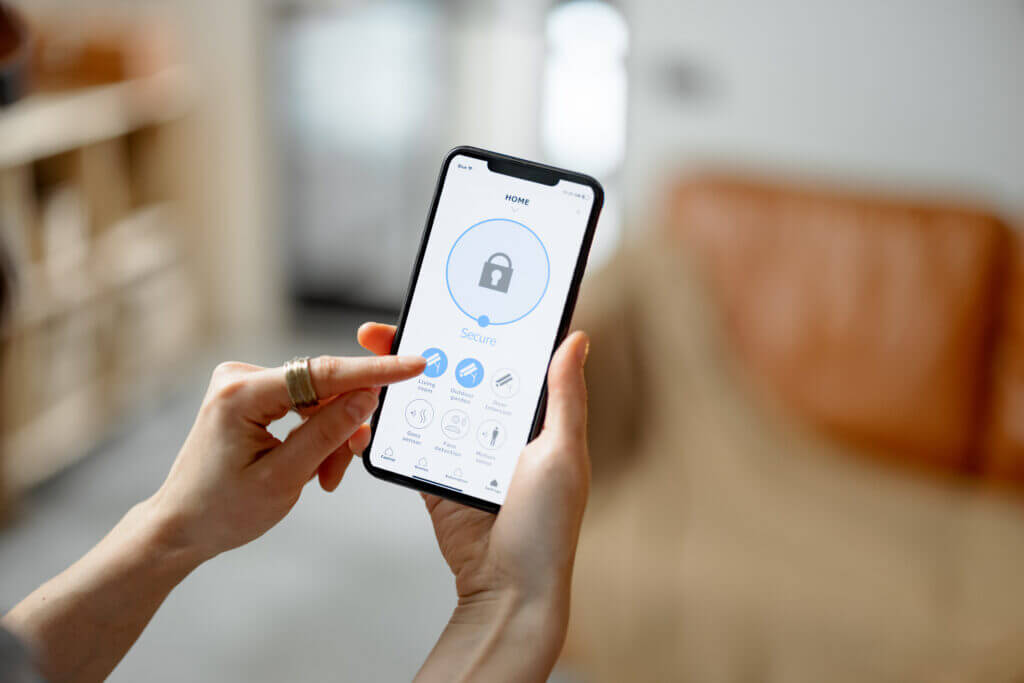
Risk analysis
Whichever model you choose, the solution should always be tailor-made. “This means that planning, which is based on a risk analysis and the customer’s wishes, is best left to the experts,” advises Grabovszki. The same applies to the installation.
According to the expert, both provide security in several ways: on the one hand, it guarantees that the requirements are met in the best possible way, and on the other hand, the system complies with the minimum legal standards.
In addition, professional installation complies with the applicable guidelines. This is even available in black and white: once the installation has been completed, the client receives an installation certificate signed by both the client and the company carrying out the work. Both the Kuratorium für Elektrotechnik and the VSÖ guarantee the quality of the product and workmanship with the vignettes that can be seen on them.
By the way: Insurance companies also generally prefer alarm systems and the like to be installed by professionals. And there is another argument in favor of professional installation: in addition to correct operation by the occupants, it helps to reduce the risk of false alarms. These can be expensive if the alarm system is connected to the police or a security company. For example, the expense allowance for a false alarm reported to a police station is 131 euros.
Cost of an alarm system: from 2,500 euros
The cost of an alarm system depends on factors such as the size of the property, the requirements to be met and the product selected, as well as the planning and installation costs.
He puts the minimum entry-level price for a small but high-quality alarm system, which consists of monitoring windows and doors for opening, a motion detector inside, an indoor and outdoor siren and a remote alarm, at around 2,500 euros. “There is no upper limit,” says Grabovszki.
Before installation, however, you should always find out about possible current subsidies in the respective federal state, as up to 50% of the purchase costs can be saved with current subsidy campaigns.
Combinations desired?
Alarm systems can be combined with other technical devices – such as cameras, outdoor lighting, video verification or fogging. “The combination of burglar alarm technology and video surveillance in particular is also becoming increasingly popular in the private sector,” says Grabovszki, adding that it is imperative that users also consider securing their own home network in terms of cyber security.
Related posts:
Protection against burglary in your own home
Panic room: how to protect yourself and your family
Artificial intelligence in the kitchen: cooking of the future


